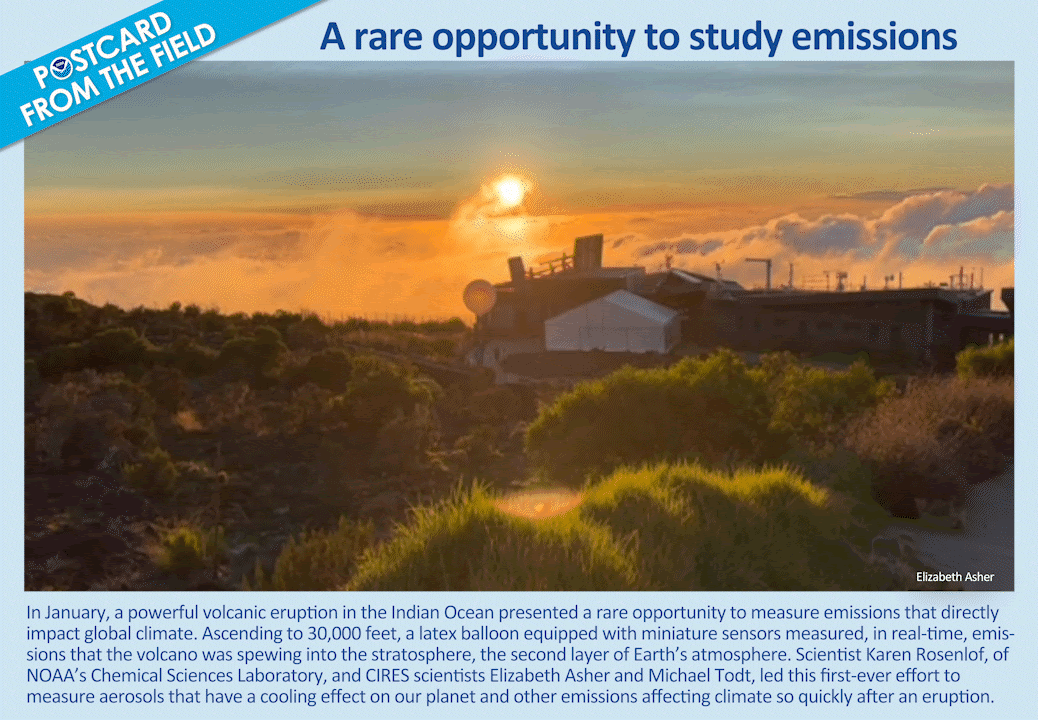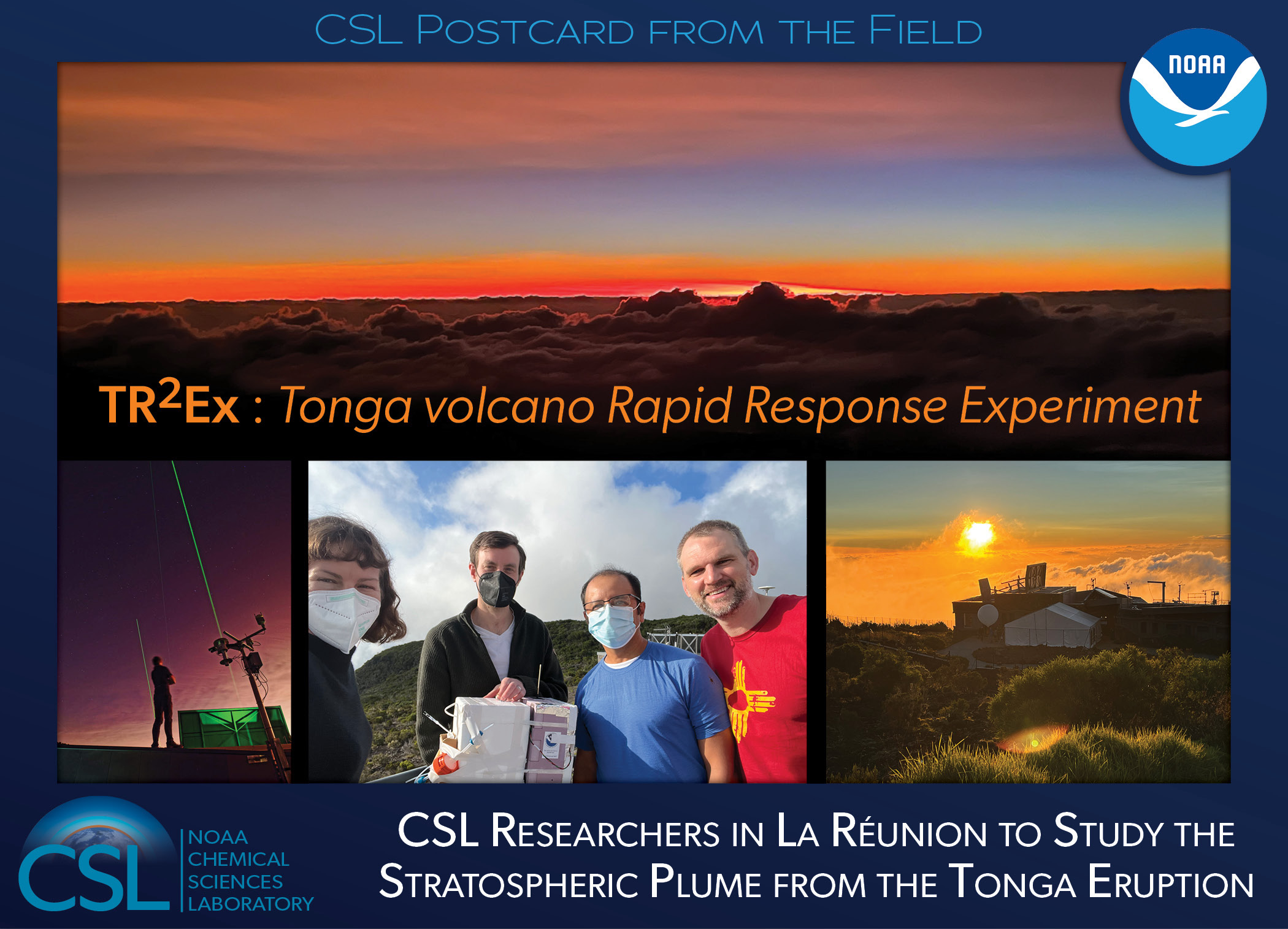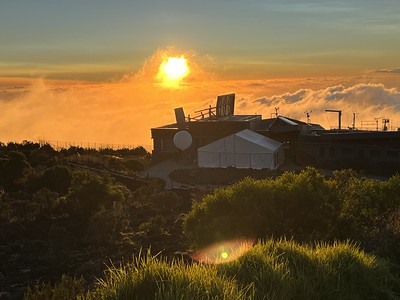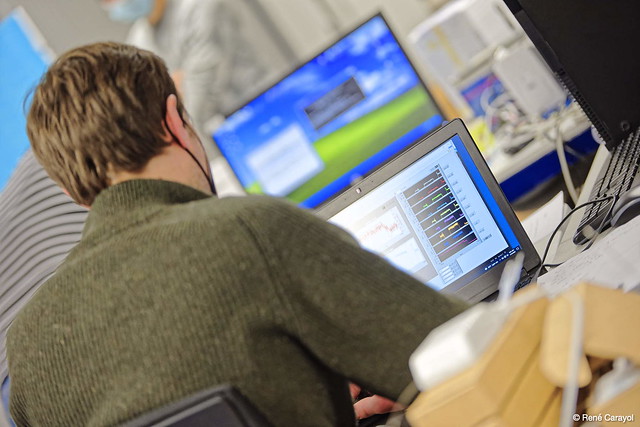Science Fact Sheets
Programs
Sites
Eruption of Hunga Tonga - Hunga Ha'apai January 2022, La Réunion
NCAR Marshall Field Site, Boulder, Colorado
Photos
flickr album: B2SAP activities
flickr album: TR2EX 2022 in La Réunion
flickr album: TR2EX 2022 at OSU-Réunion OPAR
Postcards

Postcard from the Field: A rare opportunity to study emissions. 25 April 2022
Witness the violent eruption from NOAA NESDIS: The Hunga Tonga-Hunga Ha'apai Eruption
NOAA News: Ripple effect: What the Tonga eruption could mean for tsunami research
Shown is a giant balloon sent aloft in the Indian Ocean where, in January, a powerful volcanic eruption presented a rare opportunity to measure emissions that directly impact global climate. Ascending to 30,000 feet, the latex balloon equipped with miniature sensors measured, in real-time, emissions that the volcano was spewing into the stratosphere, the second layer of Earth's atmosphere. Scientist Karen Rosenlof, of NOAA's Chemical Sciences Laboratory, and CIRES scientists Elizabeth Asher and Michael Todt, led this first-ever effort to measure aerosols that have a cooling effect on our planet and other emissions affecting climate so quickly after an eruption.

Postcard from the Field: CSL Researchers in La Réunion to Study the Stratospheric Plume from the Tonga Eruption. 3 March 2022
The eruptions of the Hunga Tonga–Hunga Ha'apai (HTHH) volcano on 13 and 15 January in the southwest Pacific injected ash, sulfur dioxide (SO2), and water vapor into the stratosphere to altitudes exceeding 30 km. This eruption provided the rare opportunity to study the microphysical processes that occur when SO2 gas is emitted into the stratosphere immediately following a volcanic eruption. Volcanic emissions are an important aspect of our climate system since the stratospheric sulfate aerosols produced by volcanoes are the major source of stratospheric aerosols and large volcanic eruptions (such as Mt. Pinatubo in 1991) are known to cause global-scale cooling effects on our climate. The SO2 mass injected into the stratosphere from the HTHH volcano is estimated to be ~1-2% of that from Mt. Pinatubo and is unlikely to produce a measurable global cooling.
To take advantage of this opportunity, CIRES scientists from NOAA CSL and colleagues from the University of Houston and St. Edwards University arrived at La Réunion, an island in the Indian Ocean, 6 days after the eruption on 21 January and immediately began making in situ chemical measurements of the volcanic plume using balloonsondes that can rise to 30 km altitude. Measurements of aerosols, SO2, water vapor, and ozone were conducted during a 5 day intensive period at the high altitude Maïdo Atmospheric Observatory operated by LACy, OSUR, and CNRS/Université de la Réunion/Météo-France. An international group of satellite and modeling experts supported the intensive period with weather and aerosol forecasts.
Analysis of the data collected is now underway, and colleagues at Maïdo Observatory will continue to launch balloons over the course of months to observe the plume evolution. The measurements from TR2Ex will be valuable for improving the accuracy and predictive capabilities of aerosol processes in climate models.
TR2Ex is an Intensive Operating Period (IOP) of the Balloon Baseline Stratospheric Aerosol Profiles (B2SAP) project.
B2SAP is a NOAA Earth's Radiation Budget (ERB) Initiative project.
Learn more about TR2Ex.
Top: Sunset view from the Maïdo Observatory. The bright red hues are a result of the stratospheric aerosols from the volcano emissions. Bottom left: A researcher with the ozone LIDAR instrument at Maïdo Observatory. Bottom middle: Elizabeth (Lizzy) Asher (NOAA/CIRES), Michael Todt (NOAA/CIRES), Sergio Alvarez (Houston), and Jimmy Flynn (Houston) with a balloonsonde instrument package in La Réunion. Bottom right: Preparing for a balloon launch at sunset at Maïdo Observatory.


